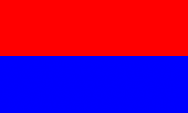
Colours of the country,
Source, by: Flags of the World



• under the Danish kings from the House of Schleswig-Holstein-Gottorf:
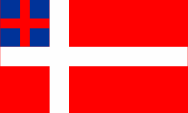
1667–1773,
Flag of the country,
Variant(?),
Source, by: oldenburgische-landschaft.de



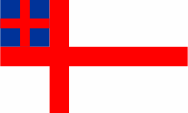
1667–1773,
Flag of the country,
Variant(?),
Source, by: Hermann Lübbing (Archivdirektor des Staatsarchivs Oldenburg), 1953, nach: schmid-ol.de



• as county (from 1777 duchy) in the Holy Roman Empire of German Nation under the House of Schleswig-Holstein-Gottorp::

Colours of the country,
Source, by: Flags of the World



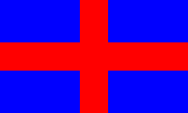
1774–1804,
State flag ashore,
Source, by: Ralf Stelter, 13 Feb 2001 on: Flags of the World



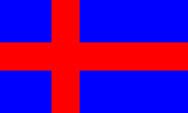
1774–1804,
State flag offshore,
Source, by: Ralf Stelter, 13 Feb 2001 on: Flags of the World



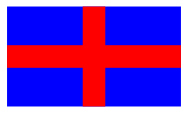
1776–1810,
Pilot flag,
Source, by: schmid-ol.de



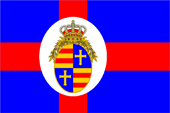
1804–1810,
State flag ashore,
Source, by: Mattern und Neubecker, nach by: schmid-ol.de



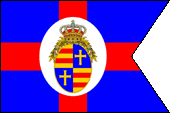
1804–1810,
State flag offshore,
Source, by: Mattern und Neubecker, nach by: schmid-ol.de



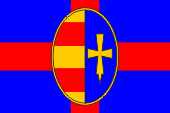
1777–1823,
Standard of the Duke,
Source, by: herzogl. Haus- und Central-Archiv, nach by: schmid-ol.de



• between 1811 and 1813 the country was annexed by France:
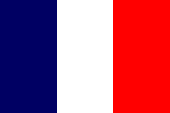
1810–1913,
Flag of France





• as grand duchy in the German Confederation under the House of Schleswig-Holstein-Gottorp:

Colours of the country,
Source, by: Flags of the World




1815–1866,
State flag ashore,
ratio = 3:5,
Source, by: Ralf Stelter, 13 Feb 2001 on: Flags of the World




1815–1866,
State flag offshore,
ratio = 3:5,
Source, by: Ralf Stelter, 13 Feb 2001 on: Flags of the World



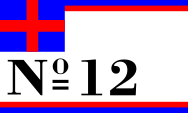
1815–1866,
Merchant flag with serial number,
Source, by: schmid-ol.de




1815–1866,
Pilot flag,
Source, by: schmid-ol.de




1823–1829,
Standard of the Duke,
ratio = 3:5,
Source, by: herzogl. Haus- und Central-Archiv, nach by: schmid-ol.de



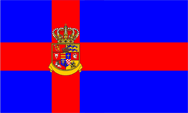
1829–1853,
Standard of the Grand Duke,
ratio = 3:5,
Source, by: schmid-ol.de



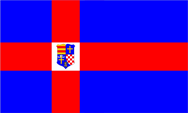
1853–1882,
Standard of the Grand Duke,
ratio = 3:5,
Source, by: Flags of the World



• as grand duchy in the German Empire under the House of Schleswig-Holstein-Gottorp:

Colours of the country,
Source, by: Flags of the World




1871–1918,
Flag of the country,
ratio = 3:5,
Source, by:
Flags of the World



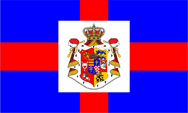
1871–1919
State flag ashore,
ratio = 3:5,
Source, by:
Flags of the World



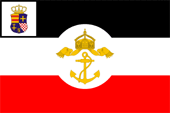
1902–1919,
Official flag offshore,
ratio = 2:3,
Source, by: Wikipedia (D)



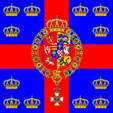
1882–1918,
Standard of the Grand Duke,
ratio = 1:1,
Source, by:
Flags of the World



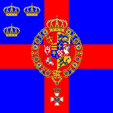
1882–1918,
Standard of the Heir Grand Duke,
ratio = 1:1,
Source, by:
Flags of the World



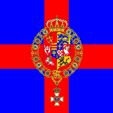
1882–1918,
Standard of the Dukes,
ratio = 1:1,
Source, by:
Flags of the World



• as free state in the German Empire:

Colours of the country,
Source, by: Flags of the World




1918–1934,
Flag of the country,
ratio = 3:5,
Source, by: Flags of the World



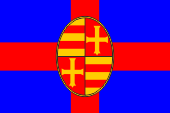
1919–1926,
Official flag offshore,
ratio = 2:3,
Source, by: Wikipedia (D)



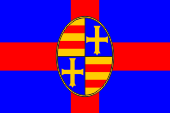
1926–1933,
Official flag offshore,
ratio = 2:3,
Source, by: Wikipedia (D)



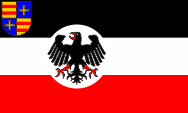
1933–1934,
Official flag offshore (doubtful),
ratio = 3:5,
Source, by: schmid-ol.de



• in the country of Lower Saxony within FRG:

Flag of the former country of Oldenburg,
ratio = 3:5,
Source, by: Flags of the World





To 1667 the colours of the County of Oldenburg corresponded to the colours and the coat of arms of the Counts of Oldenburg, on gold two red bars. The house vanished in 1667.
In the period in which the country belonged to the Danish crown, a Danish flag is mentioned, a white cross on red and in the upper corner the red cross of Oldenburg on Blue. Other sources mention a reversal coloured Danish flag, a white cross on red!
The colours of Oldenburg correspond to the colours and the coat of arms of the former sovereign-lineage, the great-dukes of Oldenburg from the house Holstein-Gottorf, as blue/gold (Holstein) and white/red (Schleswig-Gottorf) were combined. Such red-blue flags are known from the 17th century, but also flags with between nine and twelve blue, red and yellow stripes.
The personal standards of the Grand Duke, of his heir and of the princes (Dukes) were introduced in 1882. They show the same basic structure, the red cross on blue, and in the center the middle coat of arms of the ruling dynasty, the house of Oldenburg, surrounded by the collar of the House Order of the house of Oldenburg. The number of crowns on the standard distinguishes the dynastic position. The sourcing material for these standards is quite rare, but it seams that the standards have to appear in a paler blue than usual for Oldenburg. There is no heraldic reason for that, probably more a practical. In 1882 they will have sewed each one of this standards, and they will have used as the basic material a probably with indigo dyed blue bunting, which looked no longer so quite fresh at the end of the monarchy, after 35 years.
In 1933, the National Socialists seized power in Germany, which was to be noticeable in a transitional phase until 1934, in the appearance of many coats of arms and flags. On the official flag now was in use a representation of the imperial eagle, as it could be seen on the flag of the President. The eagle was placed – with no shield, just on a white plate – a little bit out of the center moved toward the flagpole. For the National Socialists, the federal structure of the German Empire, its historically grown countries, was considered as outdated, as relics of a past to be overcome. In this sense, several laws were enacted, on 31st of March in 1933 the 'Provisional Law for the phasing of the countries with the Empire', on 7th of April 1933 the 'Second Law for the phasing of the countries with the Empire' and finally, on 30th January in 1934 the 'Law on the rebuilding of the empire'. Thus, the federal structure of the German Empire was replaced by the gau-structure of the NSDAP, the countries became meaningless. From now on, offices and authorities had to use the swastika flag as official flag, until September 15th in 1935, when by the flag-law was legislated a new created official flag for all the offices and authorities of the empire. The prime ministers of the countries, which latest in 1933 all came from the NSDAP – now mostly called Reichsstatthalter (maybe translated as 'governor') – however remained in office until 1945. The corresponding country colours continued, with restrictions, but definitly not in the form of flags. They were used, for example, occasionally on uniforms of the SA or in some ranks of the Hitler Youth in the breast cord.
After the war, the administration within the German Empire was rebuilt, but locally, following the structure of the countries. These have been partly old countries, and some new countries were created. Sometimes they bethought the old country colours and reactivated them – or they created new ones – for limited sovereign duties, which were under the control of the Allies. With the founding of the FRG and the GDR, an internal country-structure was finalised for both entities and corresponding official flags were introduced for these countries.
Source:
Volker Preuß,
Jürgen Kaltschmitt,
Uniform-Fibel

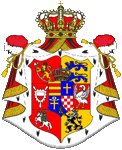
Coat of arms of Grand Duchy of Oldenburg,
Source, by:
Wikipedia (DE)

Lesser coat of arms of Grand Duchy of Oldenburg,
Source, by:
Wikipedia (DE)

Coat of arms of the free state of Oldenburg,
Source, by:
Wikipedia (DE)

The until the year 1919 valid lesser coat of arms was half clefted, combined with a kind of inverted fork cut, whereby arise five fields. Field 1 (golden-red striped) stands for the County of Oldenburg, field 2 (golden cross on blue) for the Reign of Delmenhorst, field 3 (golden cross on blue with a crown above) for the Principality of Luebeck, Feld 4 (red-silver chessboarded) for the Principality of Birkenfeld, and the field 5 (golden lion on blue) in the tip of the scutcheon stands for the Lordship of Jever.
Source: Heraldique Europeenne


1816,
Cockade of Oldenburg

to 1919,
Cockade of Oldenburg
In the Napoleonic period, only officers of the State of Oldenburg wore a blue-red cockade at the shako, but in the year 1919 blue-red-blue. The authors know nothing more about the coloration and design of the blanket between the end of the Napoleonic era and the end of the monarchy in the year 1918.
Source, by: Jürgen Kaltschmitt, nach
P. Bunde, Brigadeuniformtafel Nr. 244, Herzogenrath 2011

Read here:
Informations, history and facts about the theme "Cockades".

Cockade

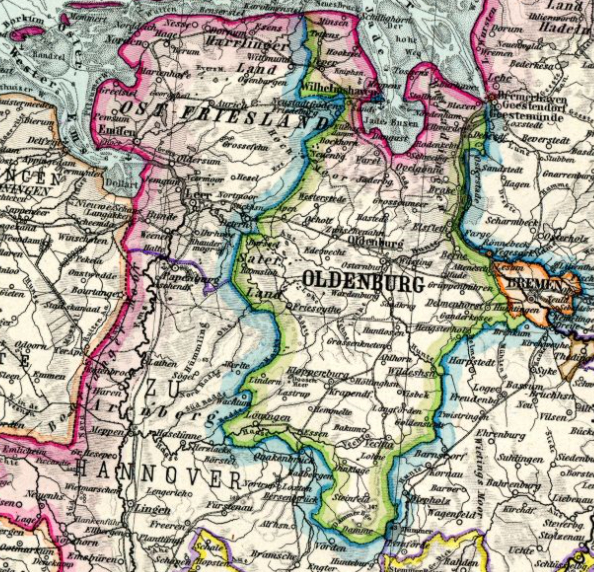
Source: Stielers Hand-Atlas, Justus Perthes, 1891
The historical map shows the State of Oldenburg around 1890 with a green border..

Area: 2.480 square miles
Inhabitants: 550.000 (1925)
Density of Population: 222 inh./sq.mi. (1925)
Capital: Oldenburg
Currency to 1858: 1 Taler = 72 Grote = 360 Schwaren
Currency 1858–1871: 1 Taler = 30 Groschen ...
Currency 1871–1924: 1 Mark = 100 Pfennig
Currency 1924–1946: 1 Reichsmark (RM) = 100 Reichspfennig (Rpf.)
Source: www.gonschior.de,
Der Michel

1108 · first mention of the County of Oldenburg
1667 · expire of the house Oldenburg, the County of Oldenburg comes to Denmark
1773 · reconstruction of the county under the house Holstein-Gottorf
1777 · elevation to a duchy
1810–1813 · to France
1815 · Congress of Vienna - reconstruction of Europe after the era of Napoleon, extensions of territory, elevation to a grand duchy
1866 · in the Fratricidal War on the hands of Prussia, joining to the North German Confederation
1871 · joining to the German Empire
1918 · overthrow of the monarchy
1919 · Free State of Oldenburg
1934 · the territorial countries' structure of the German Empire becomes detached by the Gaus of the NSDAP, the countries become insignificant
1945 · occupied by British and US-American troops, to the British occupation's zone
1946 · incorporation into the Country of Lower Saxony
Source:
Wikipedia (D),
Atlas zur Geschichte,
Discovery '97,
Volker Preuß

The name of the country goes back to the place of Oldenburg. It was first mentioned as "Aldenburg" in the year 1108.
Source: Wikipedia (D)






![]()

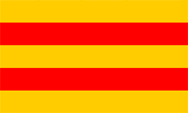


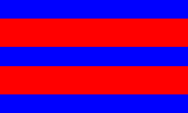










































































































![]()